Something’s been throwing marketers for a loop lately. (Eye-roll level pun very much intended.)

Instead of turning to Google for the answers to all their curiosities and questions, consumers are increasingly watching YouTube reviews, asking ChatGPT for recommendations, scrolling through social feeds, and messaging influencers instead. Meanwhile, AI search engines are serving up “summarized” direct answers to them instead of sending them to your website.
What are we to do? A Loop Marketing strategy can help you navigate this new era of AI and audience behavior.
This guide will explain Loop Marketing, introduce you to the playbook, and detail how to create a Loop Marketing strategy that meets modern buyers where they are.
Table of Contents
- Summary
- What is Loop Marketing?
- Loop vs Funnel vs Closed-Loop Marketing
- Why Loop Marketing Matters Now
- How to Build a Loop Marketing Strategy
- How Humans and AI Collaborate in a Loop Marketing Strategy
- How to Implement Loop Marketing in HubSpot
- What to Measure at Each Loop Marketing Stage
- Common Mistakes with Loop Marketing (And How to Avoid Them)
- Frequently Asked Questions About Loop Marketing Strategy
Summary
Loop Marketing is a cyclical, four-stage strategy — Express, Tailor, Amplify, Evolve — where teams learn from every customer interaction to improve their campaigns and combine human creativity with AI and unified data. Unlike linear funnel approaches to marketing, which are typically static, Loop Marketing adapts in real time and personalizes at scale.
To implement: define your brand and ideal customer profile (Express), personalize every touchpoint (Tailor), distribute and optimize for multiple channels, including AI search (Amplify), and measure, learn, and iterate quickly (Evolve).
Start by identifying your biggest gap and use unified tools like HubSpot’s Smart CRM and Breeze AI to accelerate each stage. Ready to modernize your marketing? Start free.
What is Loop Marketing?
Loop Marketing is a four-stage approach to promoting a brand or business (Express, Tailor, Amplify, Evolve) that learns from every interaction and unites human creativity with AI and unified data.
It turns the marketing funnel on its head — but not literally. Rather, it transforms the funnel into an endless cycle that immediately implements what it’s learned from the last campaign with the help of AI.
While older “funnel” approaches to marketing assume buyers take a pretty set path from awareness to purchase, Loop Marketing recognizes modern buyers engage across multiple touchpoints and can take very different journeys through them.
It also considers the impact of AI on search and buyer behavior, taking advantage of real-time feedback and AI-powered insights to deliver experiences that truly feel personal to each customer, in hopes of increasing conversions.
Here’s a quick peek at what that looks like through the four stages:
- Express: This stage is all about expressing who you are. Define your taste, tone, and point of view as a brand or business — informed by your ideal customer profile.
- Tailor: Next comes tailoring your approach. Here, you use AI to make your interactions with customers personal, contextual, and relevant.
- Amplify: In this stage, you’re focused on amplifying your reach. That means diversifying your content across channels for humans and bots.
- Evolve: Loop Marketing is dynamic. So, this stage is where you iterate quickly and effectively. AI helps you make changes in days, not quarters.
Sure, these aren’t necessarily new tactics, but Loop Marketing outlines them in a new way to facilitate fast and consistent improvement.
How is this different from other methodologies exactly?
Loop vs Funnel vs Closed-Loop Marketing
Understanding the distinctions between loop, funnel, and closed-loop is crucial for modern marketers. Knowing their differences and similarities helps clarify when each strategy makes sense and perhaps what needs to change for your team.
Funnel Marketing Models (like early inbound marketing) serve as helpful marketing frameworks, focusing on moving prospects through linear stages. While these models provide structure and an understanding of the buyer’s journey, they don’t really reflect the marketer’s workflow.

Loop Marketing follows the buyer’s journey, but recognizes the need for marketers to stay dynamic, measure campaign performance, and implement changes immediately — hence showcasing it as an endless cycle.
Closed-loop marketing is simply a measurement practice, not a strategy. It connects marketing activities to revenue outcomes (often called closed-loop reporting), which is valuable, of course, but not a tactical approach to executing marketing.

Source
Depending on your metrics, this type of reporting can actually be an important part of the Evolve stage of the Loop or funnel marketing, so it’s kind of misguided to compare them.
Overall, I’d argue that Loop Marketing combines the best parts of funnel and closed-loop marketing into the modern strategy businesses need to stay competitive.
Why Loop Marketing Matters Now
Many businesses forget it, but marketing is for your buyers, not for you. Buyers have changed a lot, especially in the last few years, so your marketing needs to change with them.
People today find and buy products on social media. They also get information through video platforms, online communities, and conversational AI assistants. Even the old search engines we know and love have incorporated AI summaries that provide direct answers rather than just links.

Buyer attention and awareness scatter across multiple platforms, and their journey to purchase is rarely linear. They’re also craving more personalized experiences from brands and businesses. Traditional marketing funnels struggle to account for this complexity.
Enter on white horse: Loop Marketing.
Loop Marketing can outperform static campaigns because it can adapt to changing patterns in real time, incorporating AI insights and feedback.
It enables faster time-to-market through AI-assisted content creation, personalization at scale with intelligent segmentation, lower acquisition costs through smarter targeting, and compounding learnings that make each campaign cycle more effective than the last.
Loop Marketing doesn’t just react to change — it anticipates and adapts.
How to Build a Loop Marketing Strategy
Teams can enter the Loop Marketing framework during any of the four stages, with each cycle strengthening the next.
Note: We’re just going to scratch the surface here. Check our free Loop Marketing Playbook and AI prompts to dive deeper into each step.

Express Stage
In this stage, you’re basically gathering all of the background information AI will need to create on-brand and effective content for you. That means solidifying your ideal customer and brand identity. Here’s what you need to do at a high level:
- Document your ideal customer profile: Learn about your buyer’s behaviors, interests, concerns, and preferences in general.
- Create a style guide.
- Ask AI to generate campaign ideas and content.
Bonus: Build a content template Library: Develop reusable frameworks for different content types.
Tailor Stage
Next, you’re taking those campaign and content ideas and making them feel personal to your audience, not just personalized. That means using AI insights to deliver different messages, CTAs, and experiences based on what’s most relevant to that specific person.
Your to-dos:
- Enrich your data: Gather user data and behavior signals to inform your experiences
- Create dynamic audience segments: Use AI to identify and continuously update audience segments based on behavior. (i.e., HubSpot’s AI Audience Segments)
- Implement Personalization Rules: Set up automated personalization that adapts messaging to individual preferences (i.e., Smart Content in emails).
- Deploy Smart Email Sequences: Create responsive email campaigns that adjust based on engagement patterns.
Pro tip: Have human quality assurance in place. While AI’s speed is undeniable, its accuracy is still a work in progress. (More on that shortly)
Make sure your team is ready to spot-check and humanize any AI work. Learn more about how to do this in our article, “How to Humanize AI Content So It Will Rank, Engage, and Get Shared in 2025.”
Amplify Stage
Modern buyers’ attention is highly divided. They watch videos on YouTube and social media, ask questions to ChatGPT, text friends, and message creators, sometimes all at once. That’s why this stage is about diversifying your channels and meeting your buyers where they actually are.
- Optimize for AI Engine Visibility: Ensure content is discoverable by AI search engines and conversational platforms.
- Activate Multi-Channel Distribution: Use AI to rethink and scale messaging and distribution across all relevant channels, including AI chatbots, social media, forums, podcasts, etc.
- Enable Creator and Community Partnerships: Explore and leverage relationships with creators and influencers your buyers know and love.
Evolve Stage
Was something in your campaign a hit? Awesome. Was something else a bust? You’ll get ‘em next time, slugger.
The Evolve stage uses AI to track performance, gather these insights, and develop a real-time feedback loop. It’s about iterating quickly and improving with every campaign.
Here’s how:
- Predict before you publish: Use AI to predict which segments and campaigns will be the most successful and find any areas for improvement. Ask, “How can this be better?”
- Analyze real-time performance: Track how different touchpoints contribute to conversions and what assets are getting engagement.
- Run continuous, fast experiments: Establish regular testing cycles across all stages and channels. A/B test headlines, offers, images, and even audiences.
How Humans and AI Collaborate in a Loop Marketing Strategy

Ok, I know. Loop Marketing puts a lot in AI’s robotic hands, but that doesn’t mean you can just sit back and watch it do the work. Successful Loop Marketing needs clear role definition and collaboration between humans and AI systems.
In Loop Marketing, humans own the strategic elements — taste, brand judgment, relationship building, and creative direction. AI accelerates the operational aspects — data analysis, content generation, personalization at scale, and campaign orchestration.
Human responsibilities include:
- Setting creative direction
- Maintaining brand voice authenticity
- Making strategic pivots
- Nurturing high-value relationships
AI handles:
- Pattern recognition
- Content optimization
- Audience segmentation
- Real-time personalization adjustments
To maintain this balance, make sure to establish team guardrails, including comprehensive prompt libraries, detailed brand kits that guide AI decision-making, clear review workflows with human approval checkpoints, and robust data privacy policies.
AI can certainly help us with quantity, but that doesn’t mean we start neglecting quality. Make sure your team keeps a high standard where AI recommendations require human approval before implementation, ensuring that technology enhances rather than replaces human judgment.
How to Implement Loop Marketing in HubSpot
So, you’ve got your implementation plan, but what tools should you use? There’s no shortage of AI tool options. Still, rather than pick dozens to piece together, HubSpot can give you a single integrated platform that provides the ideal foundation for implementing the Loop.
Here’s what that would look like:
Express Stage
Begin by integrating brand voice in Content Hub to create a style guide and leverage Breeze to maintain consistency across all content creation.

Source
You can create content templates and approval workflows that ensure brand alignment while enabling rapid production. Marketing Studio can help you turn a campaign brief into a mix of content assets across multiple channels and formats.
Tailor Stage
The Tailor stage includes some features of HubSpot I’ve loved for years. At prior organizations, I’d craft “smart lists,” draft automated emails, and use personalization tokens almost on the daily. Today, they’ve just gotten more advanced.
Create Smart CRM segments that automatically update based on behavioral triggers.

Source
Implement the Personalization Agent to deliver individualized experiences (not just [first name]), and deploy AI-powered email sequences that adapt messaging based on engagement patterns and preferences.
Amplify Stage
Trying new mediums and platforms can be intimidating but doing this in the Amplify stage of Loop Marketing is easy.
Marketing Studio can help you plan, create, and launch multi-channel campaigns, and Customer Agent lets you set up live chat and chatbots on your website to personalize interactions at scale.

You can also use Content Hub’s repurposing capabilities to maximize your content across multiple platforms and use AEO grader to identify and implement AI Engine Optimization (AEO) strategies to improve discoverability in AI-powered search results.
Evolve Stage
Every loop is a marketing lesson. Evolve is for gathering those insights and lessons to be used in your next campaign.
In HubSpot, this may mean deploying Marketing Analytics to measure, track, and report on all your marketing activities. You can also implement journey analysis to understand cross-channel attribution and establish regular testing cadences that feed insights back into the loop for continuous improvement.

Source
But measurement isn’t limited to just this stage. Every stage of Loop Marketing has metrics that can help you analyze and improve your performance.
What to Measure at Each Loop Marketing Stage
Effective Loop Marketing measurement focuses on quality signals, engagement velocity, and pipeline impact rather than vanity metrics. Analytics can answer questions about your Loop Marketing strategy that other things cannot. Here’s what that looks like in each stage.
Express Metrics
During the Express stage, your focus is on how quickly you’re producing on-brand, high-quality marketing content. You want to evaluate how quickly you create on-brand content and effectively leverage existing assets (i.e., repurposing content).
Key metrics include:
- Content speed (production time to publish)
- Content cost
- Brand voice consistency scores
- Template utilization rates
Tailor Metrics
Here, the focus is engagement. You’re personalizing your content and experiences, so you want to know how your target audience is responding to it.
Key metrics include:
- Channel click-through rates
- Segment engagement rates
- Personalization conversion lifts
- Audience size and growth
- Email list size
- Unsubscribe rates
Amplify Metrics
What channels are working? That’s what you need to be paying attention to during the Amplify stage.
Track conversion rates by channel, AI engine visibility through citations and mentions, and influence generated through creator and community partnerships. Maintain detailed attribution notes to understand which touchpoints assist conversions rather than just final-click attribution.
Key metrics include:
- Channel-specific conversion rates
- Brand mentions
- Number of citations
Evolve Metrics
How well are you experimenting and iterating? Focus on testing frequency, insight implementation rates, and cycle improvement velocity.
Key metrics include:
- Number of qualified leads
- Number of experiments per month

Common Mistakes with Loop Marketing (And How to Avoid Them)
Loop Marketing is new, so it may be unfair to say these mistakes are “common.” However, they are traps I wouldn’t be surprised if marketers fell into, even with the best intentions. Understanding these pitfalls can save significant time, resources, and frustration while accelerating your path to success.
Mistake 1: Trying to Perfect All Four Stages Simultaneously
The problem: Many teams attempt to launch comprehensive Loop Marketing at all stages simultaneously, leading to overwhelming complexity and diluted focus.
The reality: Research shows that only 26% of companies have developed the necessary capabilities to move beyond proofs of concept and generate tangible value from AI at this time.
How to avoid: Start with the stage where you see the most issues and can achieve quick wins. If content creation is your sore spot, begin with Express. If you have content but poor engagement, start with Tailor. Master one stage before expanding to others, allowing your team to build confidence and expertise incrementally.
Mistake 2: Neglecting Human Oversight
The problem: Teams implement AI-powered automation but skip the crucial “human-in-the-loop” approval processes, leading to brand voice inconsistencies or inappropriate content.
The reality: According to McKinsey, only 27% of people whose organizations use generative AI say that employees review all content created by AI before it is used, while successful organizations maintain stronger human oversight.
How to avoid: Establish clear review workflows where AI accelerates creation but humans guide and approve final outputs. Create comprehensive brand guidelines and prompt libraries that guide AI behavior and never deploy AI-generated content without human review, especially in customer-facing communications.
Mistake 3: Focusing on Vanity Metrics Instead of Revenue Impact
The problem: Organizations track impressive-sounding metrics like content volume or email open rates without connecting these activities to actual business outcomes and revenue growth.
The reality: HubSpot Research found that customer satisfaction (CSAT) and retention are the two most important customer experience metrics (both at 31%), followed by response time (29%). This emphasizes the importance of outcomes over superficial engagement.
How to avoid: For each loop stage, establish both leading indicators (activities) and lagging indicators (outcomes). Track how “Express” activities lead to better “Tailor” performance, how “Tailor” improvements drive “Amplify” results, and how the entire loop impacts customer lifetime value and revenue growth.
Use attribution modeling to connect loop activities to business results.
Mistake 4: Neglecting Data Privacy and Consent Management
The problem: In the rush to personalize experiences, teams collect and use customer data without proper consent frameworks or privacy protections, risking compliance violations and customer trust.
The reality: 40.44% of marketers cite data privacy concerns as the most significant barrier to AI adoption, while 83% of consumers are willing to share their data to create a more personalized experience when handled transparently. Consumers want personalization, but only if brands are open about how they make it happen.
How to avoid: Implement privacy-by-design principles from the start. Clearly communicate what data you’re collecting and how it benefits the customer. Provide easy opt-out mechanisms and respect customer preferences. Remember that 71% of consumers expect personalized communications, but they want control over the process.
Mistake 5: Creating Disconnected Channel Experiences
The problem: Teams optimize individual channels without ensuring consistency and continuity across the customer journey, creating fragmented experiences that confuse and frustrate customers.
The reality: 86% of customers want conversations with agents to move seamlessly from one channel to another without repeating information, yet many organizations fail to achieve this experience.
How to avoid: Map the complete customer journey across all touchpoints before optimizing individual channels. Ensure data flows seamlessly between channels so customers don’t repeat information.
Use unified customer profiles that update in real-time across all systems, and test the customer experience end-to-end, not just individual channel performance.
Mistake 6: Insufficient Change Management and Team Training
The problem: Organizations implement Loop Marketing technology without adequately preparing their teams for new workflows and AI technology, which leads to resistance, poor adoption, and suboptimal results.
The reality: 39% of marketers don’t know how to use generative AI safely yet, and 43% say they don’t know how to get the most value out of it. In other words, a lot of marketers aren’t confident in using AI yet.
How to avoid: 54% of marketers believe generative AI training programs are important for success. (That includes me.) That said, invest in comprehensive training programs before launching Loop Marketing initiatives.
Create internal champions who can guide others through the transition. Establish clear guidelines for AI use, provide ongoing support, and celebrate early wins to build momentum. Remember that successful Loop Marketing requires both technological capability and human expertise working together.
Mistake 7: Ignoring the Feedback and Lessons Learned
The problem: Teams execute marketing activities but fail to systematically capture, analyze, and apply insights back into the loop, missing the core advantage of the loop approach.
The reality: 25.6% of marketers report that AI-generated content is more successful than content created without AI, but only when organizations consistently measure, learn, and optimize based on results.
How to avoid: Build systematic feedback collection into every stage of your loop.
Schedule regular review cycles where teams analyze performance data and identify optimization opportunities. Create processes for rapid testing and implementing improvements and ensure insights from one loop cycle inform the strategy for the next cycle. The Evolve stage isn‘t optional — it’s what makes Loop Marketing superior to static campaign approaches.
Again, at the moment these pitfalls are hypothetical, but by being aware of them and implementing the suggestions proactively, organizations can accelerate their Loop Marketing success while building sustainable, scalable growth systems that improve over time.
Frequently Asked Questions About Loop Marketing Strategy
1. How is Loop Marketing different from closed-loop marketing?
Closed-loop marketing refers to measurement practices (closed-loop reporting) that connect marketing activities to revenue outcomes — essentially closing the attribution loop between spend and results. Loop Marketing, by contrast, is the overarching strategic framework that emphasizes continuous learning and adaptation across all marketing activities.
Closed-loop reporting fits within Loop Marketing as the measurement layer, but the Loop encompasses the entire approach to campaign creation, execution, and optimization.
2. Where should a small team start with Loop Marketing?
Small teams should focus on one stage initially rather than attempting to implement the entire loop simultaneously. Start with either the Express stage by creating a comprehensive style guide and content templates, or the Tailor stage by identifying one high-impact personalization use case.
Express is ideal if content creation is a bottleneck, since establishing brand guidelines and AI-assisted content creation can immediately increase output. Tailor is better if you have content but struggle with relevance, as implementing smart segmentation and personalization can significantly improve engagement rates.
Expand to additional stages as team capacity grows and initial implementations prove successful.
3. How long until we see results with Loop Marketing?
Loop Marketing momentum increases with each complete cycle, making it important to focus on establishing the cadence rather than expecting immediate, dramatic results.
Initial improvements typically appear within 4-6 weeks as content creation accelerates, and personalization begins impacting engagement.
More significant results emerge after 2-3 complete cycles (approximately 3-6 months) as the system accumulates learnings and optimization compounds. The key is maintaining consistent loop practices and celebrating small wins that build toward larger improvements.
4. What KPIs fit each stage of Loop Marketing?
Each stage requires both leading and lagging indicators that provide actionable insights. Focus on clarity and actionability rather than tracking numerous metrics that don’t drive decisions.
- Express stage KPIs include content speed (production velocity), content cost, brand consistency scores, and creative approval cycle times.
- Tailor stage focuses on engagement, including KPIs like click-through rate segment engagement rates, personalization conversion lifts, and audience quality metrics.
- Amplify stage tracks channel conversion rates, share of voice in AI engines via brand mentions, and partnership-driven traffic.
- Evolve stage measures campaign performance, testing velocity, and insight implementation rates.
5. Do we need HubSpot to run Loop Marketing?
Loop Marketing principles are platform-agnostic and can be implemented using various marketing technology combinations. However, HubSpot’s unified Smart CRM and Breeze AI capabilities make orchestration significantly faster and easier.
The key requirements are unified data, AI-powered automation, and integrated analytics. While these can be assembled from multiple vendors, HubSpot provides them in a single platform designed specifically for this integrated approach, reducing implementation complexity and improving data consistency across all loop stages.
Your cycle of success starts with a loop.
Listen, Loop Marketing isn‘t about abandoning everything you know; it’s about finally having a framework that keeps pace with how people actually discover, research, and buy today.
The beauty is that you don‘t need to tear your existing workflow apart. Pick your weakest link — whether that’s churning out content, personalizing at scale, or actually learning from your campaigns — and start there. Master one stage, let AI handle the heavy lifting, and watch as each cycle gets sharper, faster, and more effective than the last.
Grab HubSpot (or your platform of choice), get your humans and AI on the same page, and start looping.



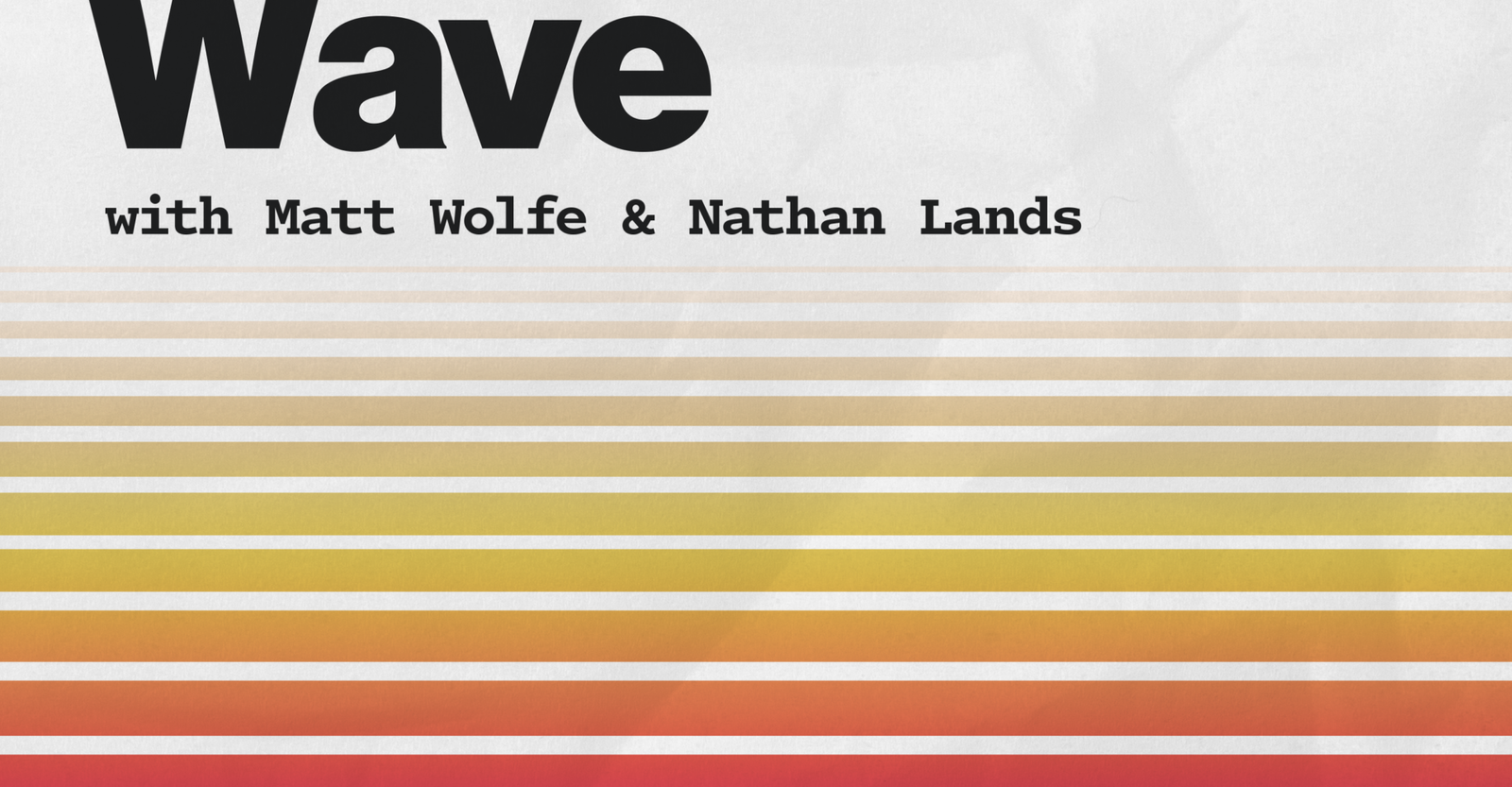
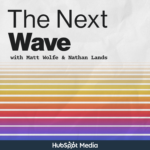


![How to Write a Blog Post: A Step-by-Step Guide [+ Free Blog Post Templates] how-to-write-a-blog-post:-a-step-by-step-guide-[+-free-blog-post-templates]](https://blog.contentkrush.com/wp-content/uploads/2024/08/140121-how-to-write-a-blog-post-a-step-by-step-guide-free-blog-post-templates-510x369.webp)


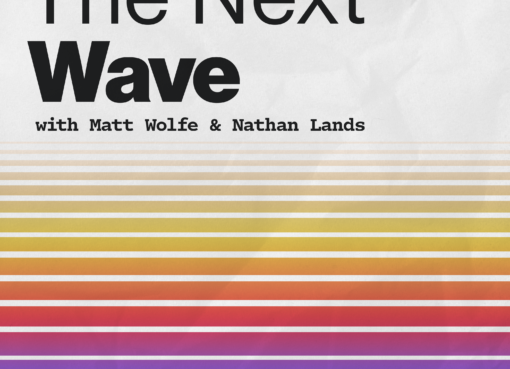
![The Tiny Layout Tweak That Led to 20% More Conversions [Test Results] the-tiny-layout-tweak-that-led-to-20%-more-conversions-[test-results]](https://blog.contentkrush.com/wp-content/uploads/2024/12/140615-the-tiny-layout-tweak-that-led-to-20-more-conversions-test-results-510x369.webp)
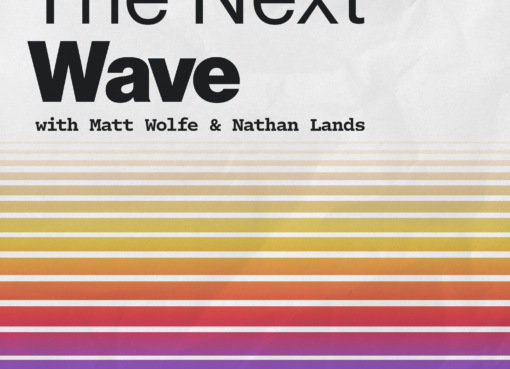


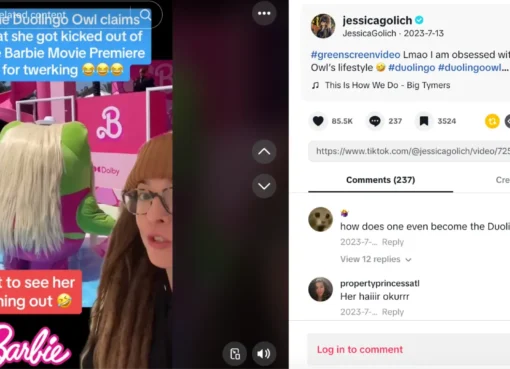
![7 Community Management Tools the Pros Actually Use [Expert Recommendations] 7-community-management-tools-the-pros-actually-use-[expert-recommendations]](https://blog.contentkrush.com/wp-content/uploads/2024/07/139893-7-community-management-tools-the-pros-actually-use-expert-recommendations-510x369.webp)
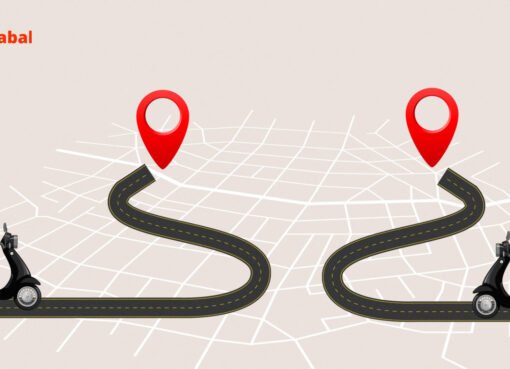

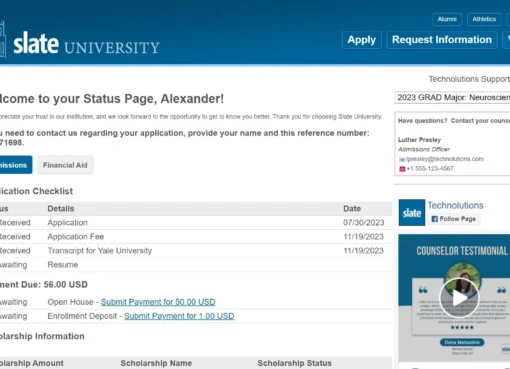
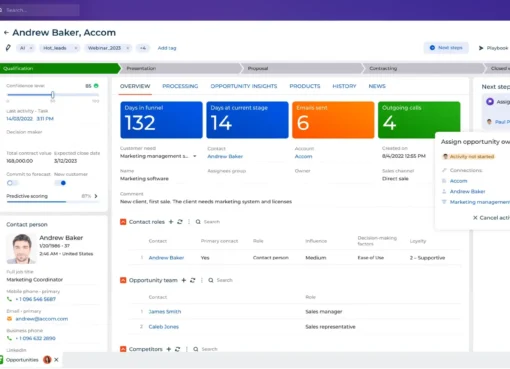

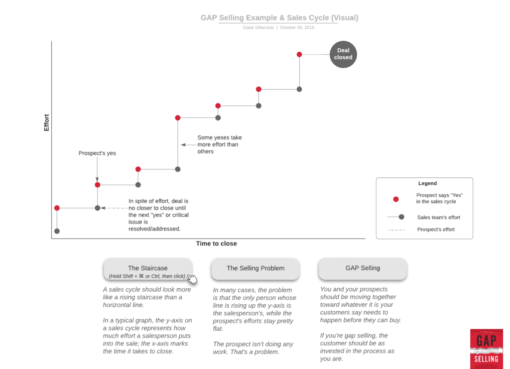









Comment here